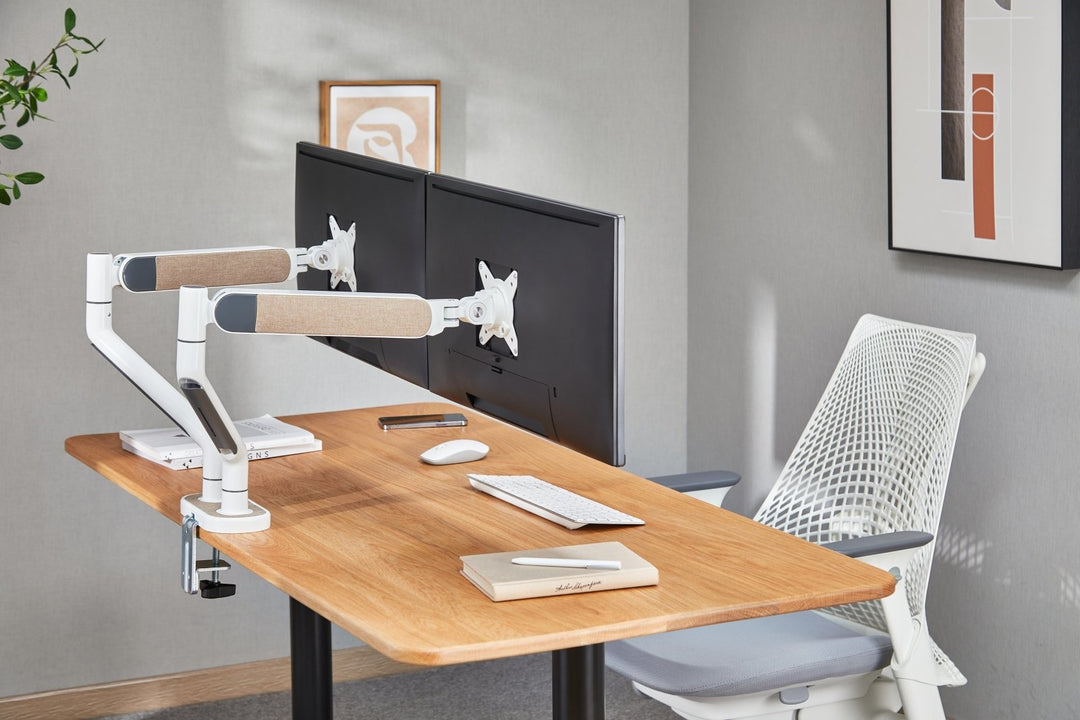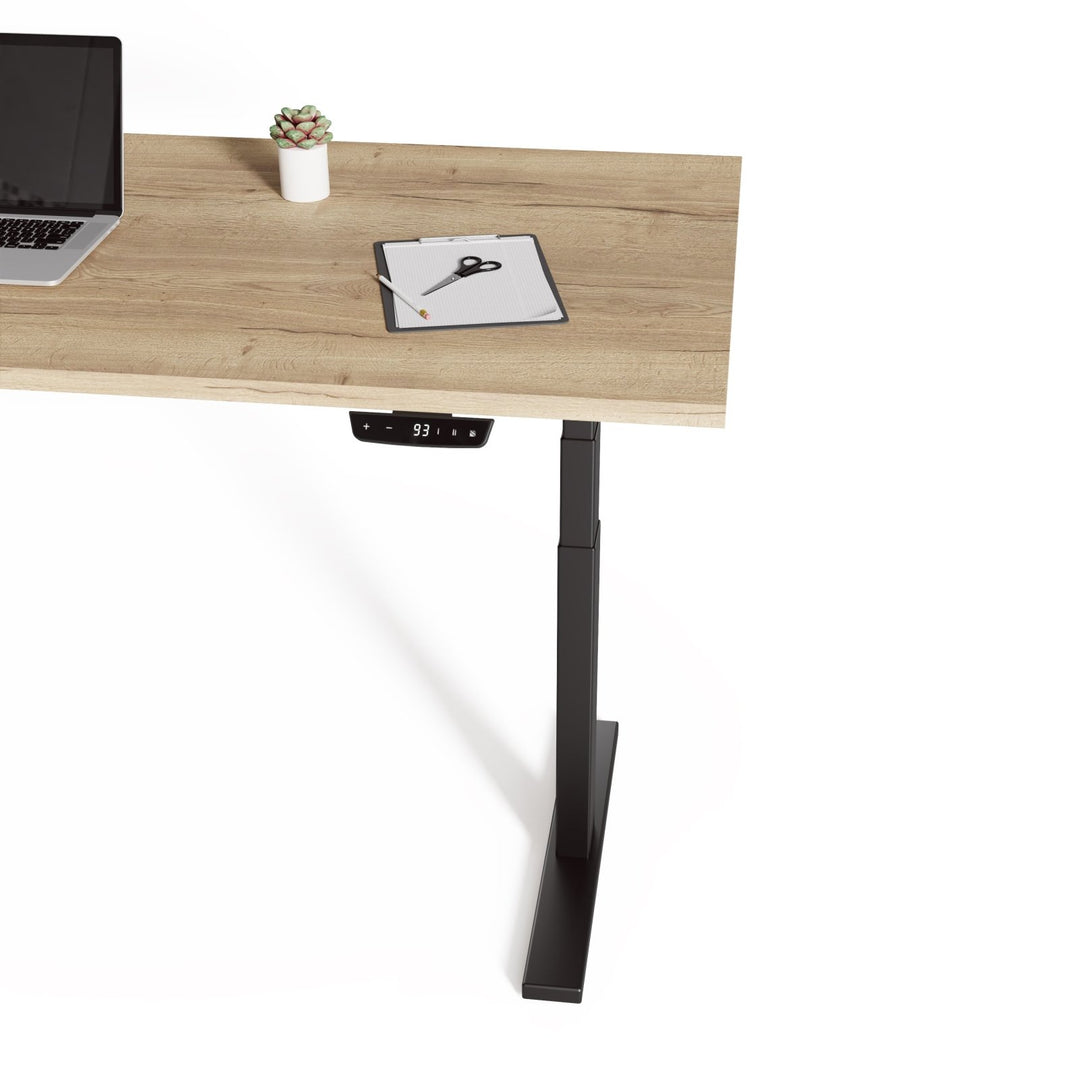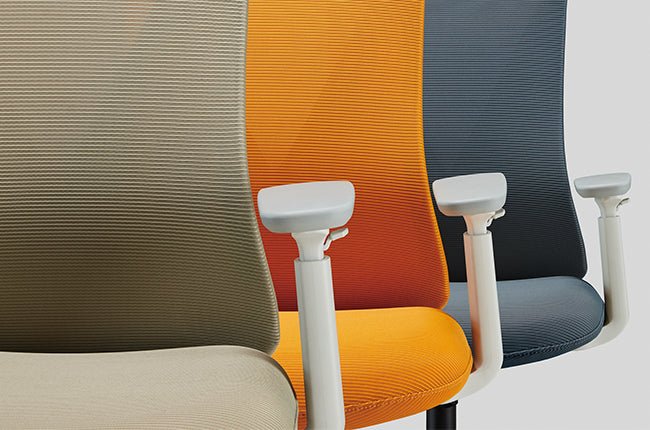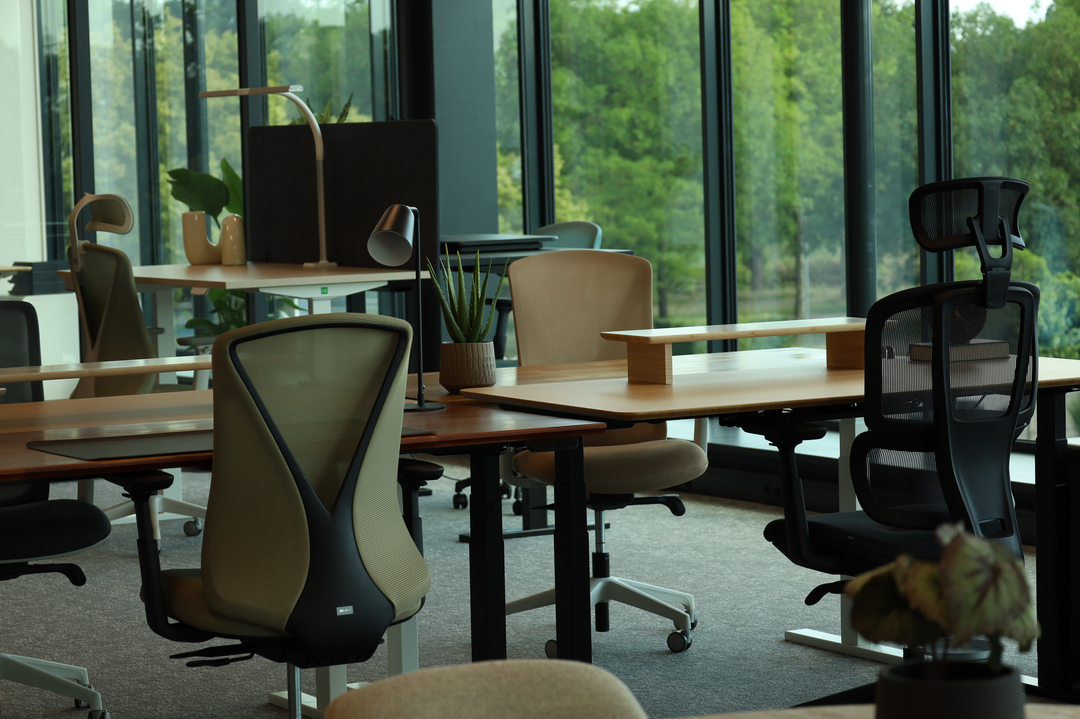Office Ergonomics: Essential Guide for a Healthy Workspace with Tips
Ergonomics: a term you've likely come across numerous times. But what does it truly entail? More importantly, how can you incorporate ergonomics into your daily work routine? In this guide, we demystify the concept and offer practical tips for fostering a healthy and active working lifestyle.

Table of Contents
What is Ergonomics?
Ergonomics is not a fleeting trend but a vital concept that significantly impacts our productivity, health, and overall wellbeing, irrespective of whether our workplace is a corporate office or our home.
At its core, ergonomics is the science of tailoring the workspace to support the worker's abilities and accommodate their limitations. This concept extends beyond mere physical alterations, like utilizing an ergonomic office chair or a sit-stand desk, to encompass mental and physical rest periods for holistic wellbeing.
The Significance of Ergonomics
Suboptimal or incorrect working postures can give rise to an array of issues such as back pain, repetitive strain injury (RSI), tension in the neck muscles, and headaches. These complaints can span from transient discomforts to chronic issues that necessitate physiotherapy.
Therefore, the role of ergonomics becomes pivotal. Through the implementation of appropriate preventive measures, many of these ailments can be substantially mitigated, emphasizing the indispensability of ergonomics in the workspace.

Create the Ideal Ergonomic Workplace
Setting up an optimal workplace is beneficial for your health and can also contribute to higher productivity and lower sickness absence. This means we should strive for 'variation' and 'adaptation'.
A workplace assessment can assist in identifying possible improvements. The aim is to enhance the vitality of employees and reduce (future) absence.

A Deeper Dive into Office Ergonomics: Practical Tips for a Healthy Workplace
Creating an ergonomic workplace requires not only mindful setup choices, but also the right work habits. Both your physical environment and your behavior play a crucial role. Let's look at some practical tips that can help you work ergonomically:
-
A comfortable, supportive chair: Start by properly adjusting your chair. An ergonomic chair has an adjustable backrest, seat height, and armrests, which contribute to a better posture and higher comfort level.
-
Monitor at eye level: Position your monitor at eye level. This prevents unnecessary strain on your neck and back.
-
External keyboard and mouse: If you use a laptop, consider using an external keyboard and mouse. This promotes a good posture and reduces wrist strain.
-
Regular breaks: Taking short, regular breaks is crucial. Use this time to stretch, walk around, or take a deep breath. This enhances your blood circulation and reduces fatigue.
-
Adequate light: Make sure your workspace is well lit. Good lighting reduces eye strain and improves your focus.
-
Adjustable desk: Consider a sit-stand desk. It helps reduce strain on your back and shoulders, and encourages you to change your posture regularly.
-
Correct workspace setup: Positioning your monitor, keyboard, mouse, and other equipment is essential for an ergonomic workspace.
-
Eye care: Apply the 20-20-20 rule to reduce eye fatigue. Every 20 minutes, look at something about 20 feet away for 20 seconds.
-
Healthy eating and drinking: Proper nutrition and plenty of water contribute to better concentration and energy levels.
-
Exercise: Regular physical activity reduces stress and increases productivity.
-
Ergonomic tools: Use tools like document holders, footrests, and ergonomic mice and keyboards to improve your work posture and reduce physical complaints.
Implementing these tips can have a huge impact on your wellbeing at work. Remember, it's not just about creating a comfortable environment, but also promoting healthy habits that help you work effectively and without complaints. Start implementing these tips today and discover the difference that ergonomics can make.

Active Working: The Key to Ergonomics
Active working is a vital aspect of ergonomics. It promotes movement, encourages a healthy posture, and minimizes the negative effects of prolonged sitting. Sit-stand desks, walking meetings, and short movement breaks are all ways to promote active working.
Healthy Working Goes Beyond Ergonomics
Healthy working isn't just about having an ergonomic workspace and posture. It's also about managing stress, finding the right work-life balance, and taking care of your mental health.
By paying attention to ergonomic, healthy, and active working, we can create a work environment that is not only comfortable and efficient but also contributes to the wellbeing and health of employees. And that's a win-win for everyone.
Start transforming towards a healthier and more productive workplace today. Every small step can make a significant difference in your health and wellbeing. Your future self will thank you!








